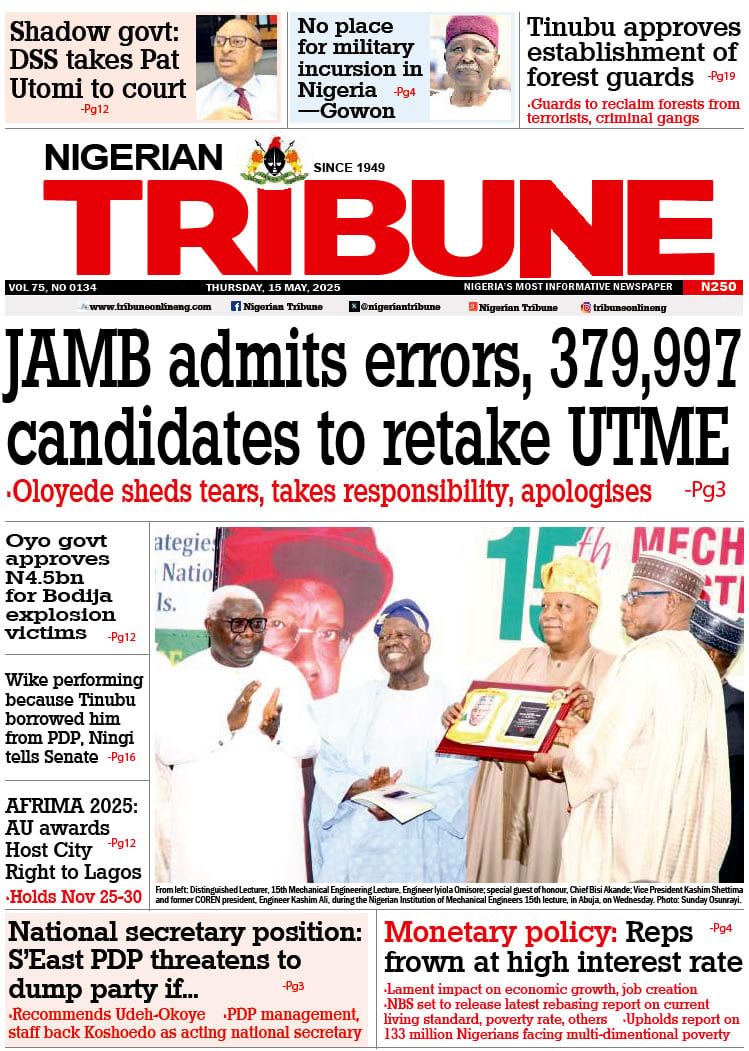In the fast-evolving world of blockchain technology and cryptocurrencies, decentralized exchanges (DEXs) have gained significant popularity. These platforms provide a secure and trustless environment for users to trade digital assets without relying on intermediaries. One prominent player in this space is Loopring, with its innovative protocol and native token LRC. In this article, we will delve into the features and advantages of Loopring, and its contribution to the development of scalable and secure decentralized exchanges, including platforms like Immediate Momentum which is an online trading platform.
Understanding Decentralized Exchanges
To gain a better understanding of Loopring, it is important to first grasp the concept of decentralized exchanges. In the cryptocurrency market, traditional centralized exchanges have long been the dominant players. Nevertheless, they come with certain inherent drawbacks, including custodial risks, limited transparency, and susceptibility to hacking attempts.
Decentralized exchanges, on the contrary, seek to address these limitations by leveraging blockchain networks. These exchanges enable users to maintain complete control over their funds while facilitating direct peer-to-peer trading through the use of smart contracts. By eliminating intermediaries, decentralized exchanges promote transparency, enhance security measures, and empower users in their trading activities.
The Loopring Protocol
Loopring is a cutting-edge open-source protocol that facilitates the development of decentralized exchanges (DEXs) with exceptional performance. By utilizing the Ethereum blockchain and implementing an innovative mechanism called zkRollup, Loopring revolutionizes the trading experience.
The primary advantage of Loopring is its ability to process numerous trades off-chain through aggregation and settlement, significantly reducing the strain on the underlying blockchain. This approach not only enhances the speed and efficiency of transactions but also ensures robust security and scalability.
The zkRollup technology employed by Loopring operates by bundling multiple transactions into a single batch, known as a rollup. This rollup is then submitted to the Ethereum blockchain, where it undergoes verification, minimizing the need for individual on-chain transactions. This consolidation reduces gas fees and congestion, enabling faster and more cost-effective trading.
zkRollup: A Breakthrough in Scalability
Scalability has been a major challenge for decentralized exchanges, hindering their widespread adoption. However, Loopring’szkRollup technology addresses this issue by bundling multiple transactions together and submitting them as a single batch to the Ethereum network. This significantly increases the throughput, enabling Loopring to process a large number of trades quickly and cost-effectively.
Security and Trustlessness
Loopring’szkRollup solution also enhances security and trustlessness. By utilizing zero-knowledge proofs, zkRollup ensures the integrity and correctness of the bundled transactions without revealing any sensitive information. This approach allows users to trade with confidence, knowing that their assets are protected from potential attacks and manipulation.
The LRC Token: Fueling the Loopring Ecosystem
Loopring’s native token, LRC, plays a crucial role in powering the ecosystem and incentivizing participants. LRC holders can stake their tokens to become validators and earn rewards by processing transactions and maintaining the integrity of the protocol. This mechanism encourages active participation and strengthens the overall security of the network.
Furthermore, LRC tokens are used to pay for transaction fees within the Loopring ecosystem. As the protocol gains more traction and user adoption, the demand for LRC increases, potentially leading to the appreciation of its value.
Advantages of Loopring and LRC
Loopring and its native token, LRC, offer several advantages that contribute to the growth and development of decentralized exchanges:
- Scalability: Loopring’szkRollup technology enables high-performance trading by aggregating multiple transactions off-chain, enhancing scalability and throughput.
- Security: The implementation of zkRollup and zero-knowledge proofs ensures the utmost security, protecting users’ funds and maintaining the integrity of the protocol.
- Cost-effectiveness: By minimizing the load on the Ethereum blockchain, Loopring reduces transaction fees, making decentralized trading more accessible and affordable.
- User Empowerment: Loopring’s decentralized nature empowers users by giving them full control over their assets and eliminating the need for intermediaries.
- Incentives: The LRC token incentivizes active participation, contributing to the security and stability of the Loopring ecosystem. Additionally, LRC holders can benefit from potential appreciation in token value.
Conclusion
Loopring and its native token, LRC, are at the forefront of building scalable and secure decentralized exchanges. By leveraging zkRollup technology and offering a robust protocol, Loopring addresses the key challenges faced by traditional centralized exchanges. Through its focus on scalability, security, and user empowerment, Loopring paves the way for a future where decentralized exchanges become the go-to platforms for efficient and trustless digital asset trading.





